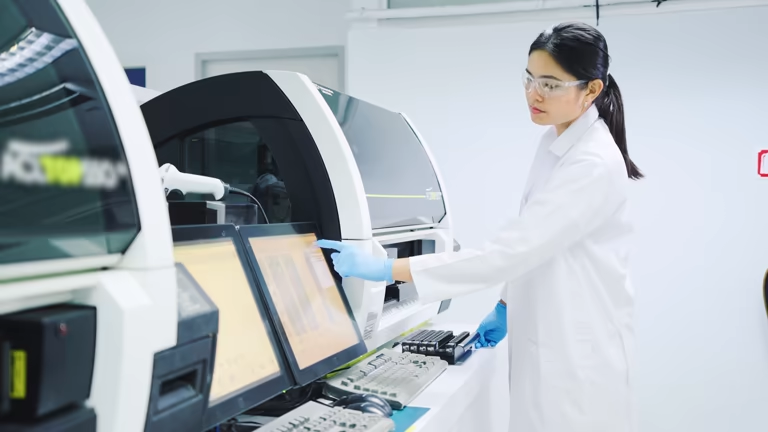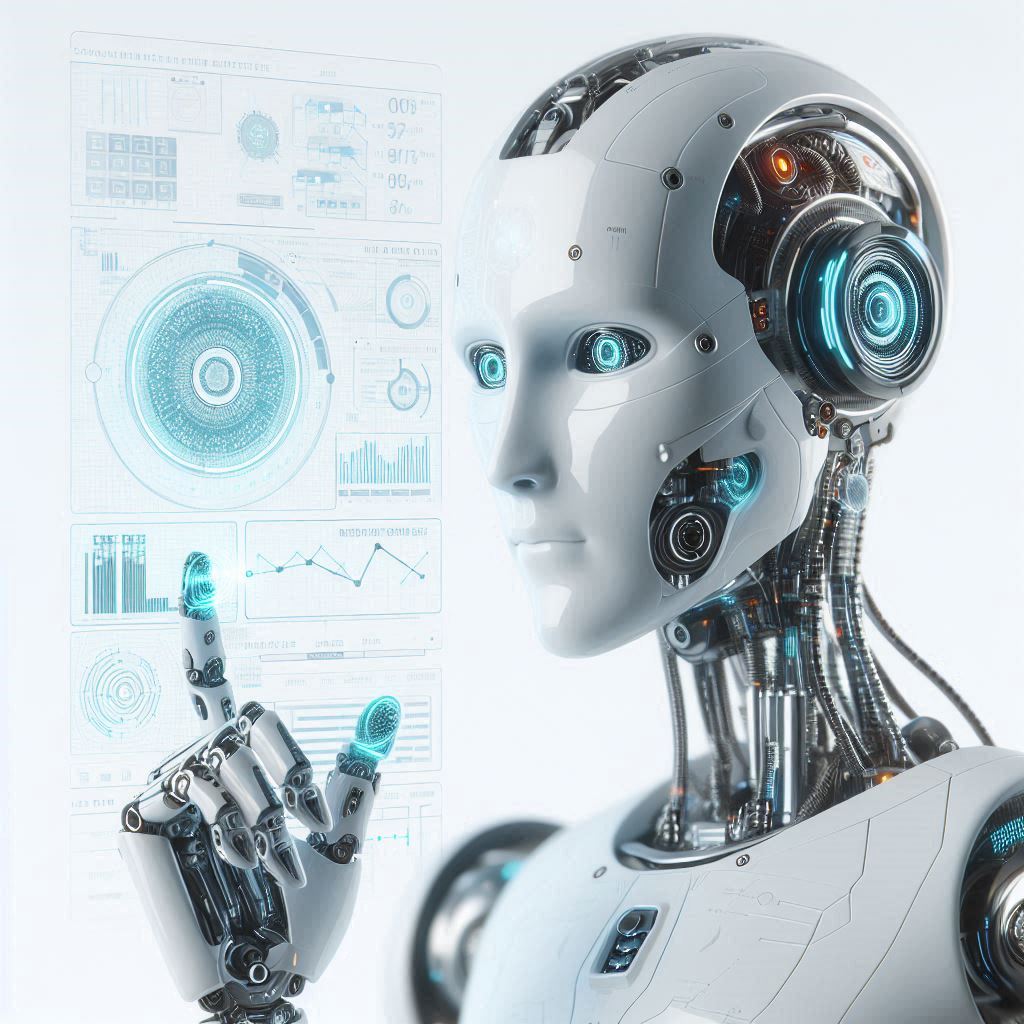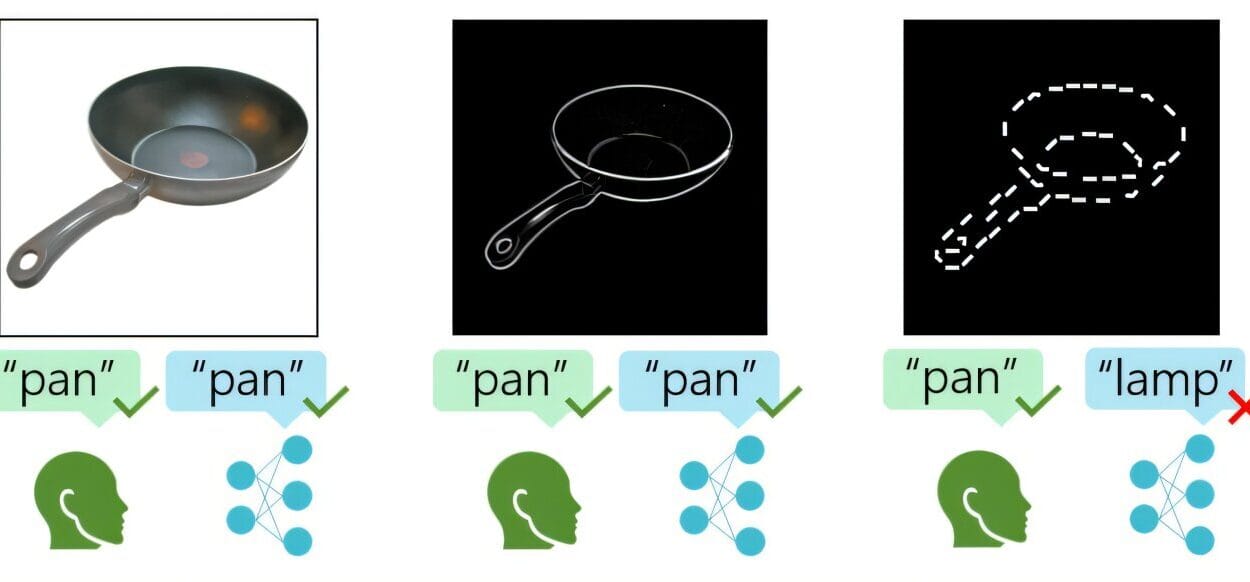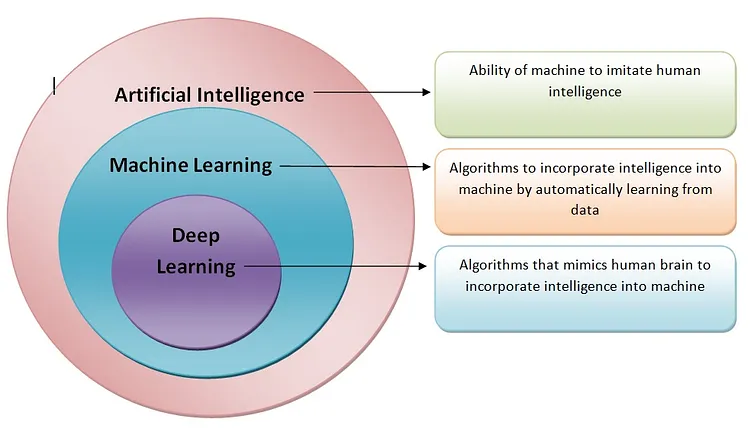The healthcare landscape is undergoing a massive transformation, and at the heart of this change is technology. Over the past few decades, advances in digital tools, data analytics, biotechnology, artificial intelligence (AI), and medical devices have revolutionized how healthcare is delivered, managed, and experienced by patients and professionals alike. Technology is not just reshaping treatment modalities or diagnostics; it is fundamentally altering the relationship between patients, providers, and the broader healthcare system.
In this article, we will explore the many ways in which technology is driving healthcare innovation, improving outcomes, and making healthcare more accessible, personalized, and efficient. From artificial intelligence in diagnostics to telemedicine’s role in expanding access to healthcare, the future of medicine is being written through the lens of cutting-edge technology.
1. Telemedicine: Bridging Distances and Increasing Accessibility
Telemedicine has arguably been one of the most transformative technologies in modern healthcare. Before the advent of digital communication tools, a patient had no choice but to travel to a medical facility, sometimes enduring long waits or difficult commutes. With the rise of telemedicine platforms, however, the geographical barriers that once separated patients from healthcare professionals have been largely erased.
Telemedicine enables consultations to take place remotely, allowing patients to meet with doctors through video calls, phone calls, or even text messaging. This model is especially beneficial for people who live in rural or underserved areas, where access to healthcare providers may be limited. Whether it’s an initial consultation, a follow-up appointment, or even mental health therapy sessions, telemedicine brings healthcare directly to people’s homes.
But the benefits of telemedicine go beyond accessibility. It can reduce wait times, increase efficiency, and lower the overall cost of healthcare delivery. Patients no longer need to take time off work or endure long waits in crowded clinics. Telemedicine also allows healthcare providers to monitor chronic conditions remotely, sending updates and tracking progress in real time.
This shift toward virtual care has been particularly evident during the COVID-19 pandemic, where hospitals and clinics turned to telemedicine to ensure continuity of care while minimizing the risk of virus transmission. With its growing adoption, telemedicine is expected to become a permanent fixture of the healthcare ecosystem, changing how healthcare professionals deliver care and how patients engage with it.
2. Artificial Intelligence in Diagnostics: Enhancing Accuracy and Efficiency
One of the most exciting frontiers in healthcare technology is the use of artificial intelligence (AI) to assist in diagnostics. While doctors and medical professionals have long relied on their expertise and training to identify and diagnose diseases, AI tools are now complementing these efforts with unprecedented accuracy and speed.
AI can analyze vast amounts of medical data—such as medical images, lab results, and patient histories—and help identify patterns that might be missed by human eyes. This has proven particularly valuable in fields like radiology, where AI algorithms can detect signs of cancer, fractures, or neurological conditions in medical images with remarkable precision.
In oncology, AI systems are being used to analyze biopsy samples and identify early signs of cancer. In cardiology, AI algorithms are applied to electrocardiograms (ECGs) to detect abnormal heart rhythms or predict the likelihood of a heart attack. The power of AI lies in its ability to process and analyze data faster than humans can, often providing doctors with critical insights that can inform treatment plans.
Moreover, AI has the potential to reduce human error, which is one of the leading causes of misdiagnoses and medical mistakes. With its ability to analyze large datasets and integrate new medical research in real-time, AI can provide doctors with the most up-to-date information to ensure accurate diagnoses and treatments.
While AI is not a replacement for doctors, it is an invaluable tool that enhances decision-making, reduces the risk of errors, and helps physicians deliver more precise, personalized care.
3. Wearable Devices: Tracking Health in Real Time
The rise of wearable technology has empowered patients to take control of their own health like never before. Fitness trackers, smartwatches, and other wearable devices have moved beyond tracking steps and calories to provide real-time health data that can significantly impact patient outcomes.
Devices like the Apple Watch and Fitbit can monitor heart rate, blood pressure, blood oxygen levels, sleep patterns, and even electrocardiograms (ECGs) continuously. For people with chronic conditions like diabetes, wearables that monitor glucose levels or track insulin use can provide crucial data to help manage their conditions.
The real power of wearables lies in the data they collect. With the help of cloud-based technology, this data can be uploaded and shared with healthcare providers, creating an ongoing dialogue between patients and their medical teams. This enables doctors to monitor patients’ conditions remotely and intervene when necessary, preventing emergencies before they occur.
In the case of patients with heart disease, for example, wearables can alert them to abnormal heart rhythms, allowing them to seek medical attention before a potential heart attack occurs. For people with diabetes, continuous glucose monitors can alert users when their blood sugar levels are too high or low, helping them adjust their medication or lifestyle in real time.
Wearable devices also play a significant role in post-operative care. After surgery, patients can continue to monitor their recovery through wearable sensors, providing doctors with continuous data on healing progress. This reduces the need for frequent in-person check-ups and ensures that any complications are spotted early.
With the rapid advancement of wearable technology, it’s clear that personal health tracking will continue to evolve, allowing patients to take a more proactive role in their healthcare journey while empowering healthcare professionals with better, more timely information.
4. Personalized Medicine: Tailoring Treatment to the Individual
One of the most revolutionary shifts in modern healthcare is the move toward personalized or precision medicine. Rather than taking a one-size-fits-all approach to treatment, personalized medicine takes into account the individual characteristics of each patient, such as their genetic makeup, environment, and lifestyle, to create more effective treatment plans.
Genetic testing has become a crucial component of personalized medicine. With advances in genomic sequencing technologies, healthcare providers can now analyze a patient’s DNA to identify genetic mutations or predispositions to certain diseases. This information allows doctors to predict the likelihood of certain health conditions, such as cancer, heart disease, or neurological disorders, and create personalized prevention and treatment strategies.
For example, in oncology, genetic testing can reveal the genetic mutations that drive a patient’s cancer. This information allows doctors to select the most effective treatments, such as targeted therapies or immunotherapies, that specifically address the patient’s unique cancer profile. This approach is far more precise and effective than traditional chemotherapy, which treats all patients with the same drugs regardless of their specific genetic makeup.
The pharmaceutical industry is also embracing personalized medicine by developing drugs that target specific genetic markers. This has led to the creation of “smart drugs” that work in harmony with the body’s genetic code, offering higher efficacy and fewer side effects than traditional treatments.
As genetic testing becomes more affordable and widely available, personalized medicine is poised to become the standard of care. It promises to not only improve the effectiveness of treatments but also reduce the risks and side effects associated with generic therapies, ultimately leading to better patient outcomes and a more efficient healthcare system.
5. Robotics: Transforming Surgery and Patient Care
Robotics technology has already made significant strides in revolutionizing surgery and patient care. Robotic surgical systems, such as the da Vinci Surgical System, allow surgeons to perform highly complex and minimally invasive procedures with precision and control that was previously impossible.
Using robotic arms controlled by a surgeon from a console, these systems can perform delicate surgeries with enhanced accuracy, reducing the risk of complications and improving recovery times. For example, in prostate cancer surgery, robotic systems have improved the precision of tumor removal, resulting in fewer complications and faster recovery times.
The benefits of robotic surgery extend beyond just precision. These systems also provide a 3D view of the surgical site, allowing surgeons to work with greater clarity and reduce the risk of human error. Because robotic surgery is minimally invasive, patients experience smaller incisions, less blood loss, and reduced post-operative pain, leading to quicker healing and shorter hospital stays.
In addition to surgery, robotics is playing an increasingly important role in patient care. Robotic exoskeletons, for example, are helping people with spinal cord injuries regain mobility. These wearable devices can assist patients in standing, walking, and performing daily activities, offering them a degree of independence they might otherwise lose.
Furthermore, robots are being used to assist with routine tasks in hospitals, such as delivering medications, cleaning, and assisting patients with mobility. These robots free up healthcare professionals to focus on higher-priority tasks, improving the efficiency and quality of patient care.
As robotics technology continues to evolve, it’s clear that the future of surgery and patient care will involve increasingly advanced robots that can assist in everything from surgery to rehabilitation.
6. 3D Printing: A New Frontier in Medical Devices and Prosthetics
3D printing, also known as additive manufacturing, is another groundbreaking technology that is transforming healthcare. With 3D printing, medical professionals can now create custom prosthetics, implants, and even tissues or organs based on a patient’s specific needs.
In prosthetics, for example, 3D printing allows for the creation of highly personalized and affordable artificial limbs. Traditional prosthetics can be expensive and require lengthy fitting processes. With 3D printing, however, prosthetics can be designed, printed, and customized to fit the exact dimensions of a patient’s body, reducing costs and improving comfort.
Similarly, 3D printing is being used to create implants that are perfectly tailored to a patient’s anatomy. For instance, in orthopedics, surgeons can use 3D printing to create customized joint replacements or bone grafts that fit more precisely than traditional implants. This not only reduces the risk of complications but also improves the longevity and function of the implant.
In the field of tissue engineering, researchers are using 3D printing to create living tissues and organs. While we are still a long way from printing fully functional organs like kidneys or livers, progress is being made in creating simpler structures like skin, cartilage, and even blood vessels. These advances could one day lead to the creation of personalized tissues for transplant, eliminating the need for organ donors and reducing the risk of transplant rejection.
3D printing is also being used in drug development. Researchers can print customized doses of medication or create complex drug delivery systems that release medications over time, enhancing the effectiveness of treatments.
The ability to print personalized medical devices and tissues is changing the way we think about healthcare, creating opportunities for more individualized, cost-effective, and life-changing treatments.
7. Big Data and Analytics: Optimizing Healthcare Delivery
In today’s healthcare system, data is being generated at an unprecedented rate. From electronic health records (EHRs) to genomic sequencing and wearable device data, healthcare providers now have access to vast amounts of information. The challenge, however, is how to analyze and leverage this data to improve patient outcomes and optimize healthcare delivery.
Big data analytics is transforming the way healthcare is delivered by enabling providers to make more informed decisions. By analyzing large datasets, healthcare professionals can identify trends, predict outcomes, and personalize treatments based on the unique characteristics of each patient.
For example, big data analytics can help identify at-risk populations for chronic diseases such as diabetes or heart disease. By analyzing patient data, healthcare providers can predict who is most likely to develop these conditions and intervene early to prevent them. Additionally, analytics can improve patient flow in hospitals, reducing wait times and improving efficiency.
Hospitals and health systems are also using big data to enhance clinical decision-making. By integrating information from a variety of sources, including patient records, lab results, and diagnostic imaging, doctors can get a more complete picture of a patient’s health and make better-informed decisions about treatment.
In public health, big data is being used to track and predict disease outbreaks. By analyzing patterns of disease transmission and social behavior, public health officials can implement more effective strategies for disease prevention and containment.
As healthcare continues to generate more data, the role of big data analytics will only increase, enabling providers to deliver more efficient, personalized, and cost-effective care.
8. Blockchain Technology: Securing Health Data
One of the biggest concerns in healthcare today is the security and privacy of patient data. With the rise of electronic health records and the growing interconnectedness of healthcare systems, protecting sensitive patient information from cyber threats is more critical than ever.
Blockchain technology is emerging as a potential solution to these concerns. Blockchain, the technology behind cryptocurrencies like Bitcoin, is a decentralized, secure, and transparent digital ledger that can be used to store and share data safely.
In healthcare, blockchain can be used to create secure, tamper-proof records of patient data. Blockchain’s encryption features ensure that data is protected from unauthorized access or hacking, while its transparent nature allows healthcare providers to access and share patient information securely. Blockchain also offers patients more control over their own data, allowing them to grant or revoke access to their health records as needed.
With its ability to enhance data security and transparency, blockchain is poised to play a crucial role in ensuring the privacy and integrity of patient health data in the digital age.






